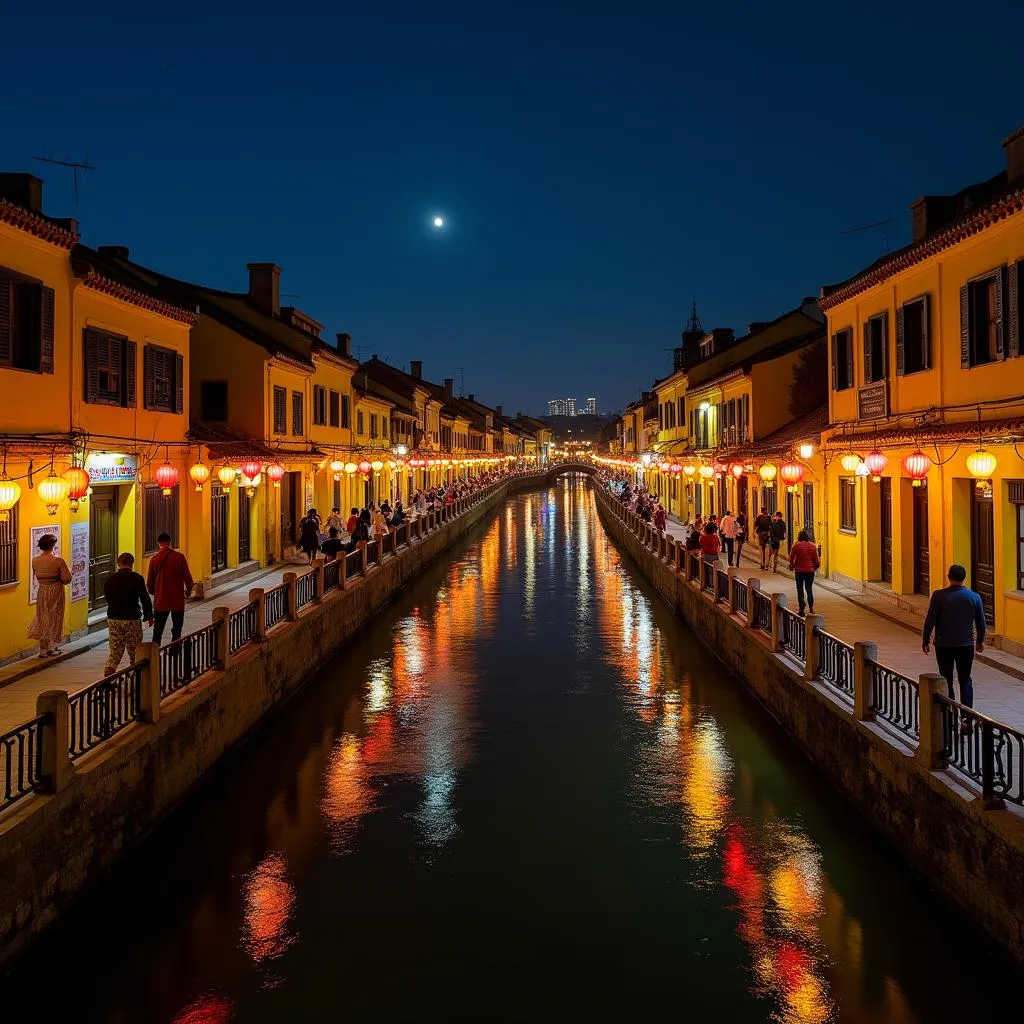The topic of describing a frequently visited place in your country is a common theme in IELTS Speaking tests. It allows examiners to assess your ability to articulate personal experiences, use descriptive language, and showcase your cultural knowledge. This topic has appeared consistently in past IELTS exams and is likely to remain relevant in future tests.
Nội dung bài viết
Part 1: Introduction and Interview
In this section, the examiner may ask you general questions about places you visit often. Here are some potential questions and a sample answer:
Examiner: “Do you often visit places in your country?”
Sample answer (Band 8-9):
“Absolutely. I’m quite passionate about exploring my country’s diverse landscapes and cultural heritage. I make it a point to travel domestically at least once every few months, whether it’s a quick weekend getaway to a nearby city or a more extended excursion to a remote area. It’s a wonderful way to unwind and broaden my horizons.”
Part 2: Long Turn
Cue Card
Describe a place in your country that you have visited many times.
You should say:
- Where it is
- Why you go there often
- What you do there
- And explain why this place is special to you
Sample Answer (Band 8-9)
“I’d like to talk about Hoi An, an enchanting ancient town located in central Vietnam, which I’ve had the pleasure of visiting numerous times over the years.
Hoi An is situated in Quang Nam province, about 30 kilometers south of Da Nang city. Its strategic location along the Thu Bon River made it a thriving trading port in the past, and now it’s a UNESCO World Heritage site.
I find myself drawn to Hoi An time and time again for several reasons. First and foremost, the town’s well-preserved architecture is a fascinating blend of Vietnamese, Chinese, and Japanese influences, reflecting its rich history as a melting pot of cultures. Moreover, the town’s laid-back atmosphere and picturesque scenery provide a perfect escape from the hustle and bustle of city life.
When I’m in Hoi An, I immerse myself in various activities. I love wandering through the narrow streets of the Old Town, admiring the yellow-hued buildings adorned with colorful lanterns. Sampling the local cuisine, especially the famous Cao Lau noodles, is always a highlight of my visits. I also enjoy taking a leisurely boat ride along the Thu Bon River, particularly during the full moon festival when the town is illuminated by thousands of lanterns.
This place holds a special place in my heart for several reasons. Firstly, it serves as a living museum, allowing me to step back in time and experience Vietnam’s history firsthand. Secondly, the town’s commitment to preserving its cultural heritage while embracing sustainable tourism practices is truly admirable. Lastly, Hoi An has been the backdrop for many cherished memories with friends and family, making each visit feel like a nostalgic journey.
In essence, Hoi An is more than just a tourist destination to me; it’s a place that continually inspires and rejuvenates my spirit, reminding me of the beauty and richness of my country’s heritage.”
 Hoi An Ancient Town in Vietnam
Hoi An Ancient Town in Vietnam
Follow-up Questions
Examiner: “How has this place changed over the years?”
Sample answer (Band 8-9):
“Over the past decade, I’ve observed some notable changes in Hoi An. While the town has maintained its historical charm, there’s been a significant increase in tourism infrastructure. More boutique hotels and restaurants have sprung up, catering to the growing number of visitors. However, it’s commendable that the local authorities have implemented strict regulations to preserve the town’s authenticity, such as limiting vehicle access in the Old Town and encouraging eco-friendly practices. Despite these developments, Hoi An has managed to strike a balance between progress and preservation, retaining its unique character that continues to captivate both locals and tourists alike.”
Part 3: Two-way Discussion
Examiner: “How do you think tourism affects local communities in popular destinations?”
Sample answer (Band 8-9):
“Tourism can have both positive and negative impacts on local communities in popular destinations. On the positive side, it can boost the local economy by creating jobs and generating revenue for businesses. It can also promote cultural exchange and foster a sense of pride in local heritage. Moreover, tourism can incentivize the preservation of historical sites and natural landscapes.
However, there are also potential drawbacks. Overtourism can lead to environmental degradation, strain local resources, and drive up the cost of living for residents. It may also lead to the commodification of culture, where local traditions are modified or exploited** to cater to tourists’ expectations.
To mitigate these negative effects, it’s crucial for destinations to adopt sustainable tourism practices. This could involve implementing visitor caps, promoting off-season travel, and ensuring that tourism benefits are distributed equitably within the community. Additionally, educating tourists about responsible travel and encouraging authentic cultural experiences can help minimize negative impacts while maximizing the positive aspects of tourism.”
 Sustainable Tourism Practices
Sustainable Tourism Practices
Key Vocabulary and Phrases for High Scores
-
Enchanting /ɪnˈtʃæntɪŋ/ (adj): very attractive or pleasing
Example: “The enchanting scenery of the countryside never fails to impress visitors.” -
To immerse oneself in /ɪˈmɜːs/ (phrasal verb): to become completely involved in something
Example: “I love to immerse myself in local cultures when I travel.” -
Picturesque /ˌpɪktʃəˈresk/ (adj): visually attractive, especially in a quaint or charming way
Example: “The picturesque village was nestled in a valley surrounded by mountains.” -
To strike a balance (idiom): to find a compromise between two contrasting things
Example: “The city planners are trying to strike a balance between development and preservation of green spaces.” -
To foster /ˈfɒstə(r)/ (verb): to encourage the development of something
Example: “Cultural exchanges can foster understanding between different communities.”
Examiner’s Advice
To achieve a high score in the IELTS Speaking test, particularly when describing a place:
-
Use a variety of descriptive language: Incorporate adjectives, adverbs, and vivid imagery to bring your description to life.
-
Structure your answer logically: Organize your thoughts coherently, using linking words to connect ideas smoothly.
-
Demonstrate a range of vocabulary: Use synonyms and paraphrasing to avoid repetition and showcase your lexical resource.
-
Include personal insights: Share your feelings and opinions about the place to make your answer more engaging and authentic.
-
Practice fluency: Aim for natural, flowing speech without long pauses or hesitations.
Remember, the key to success is not just knowing what to say, but how to say it effectively and confidently.


